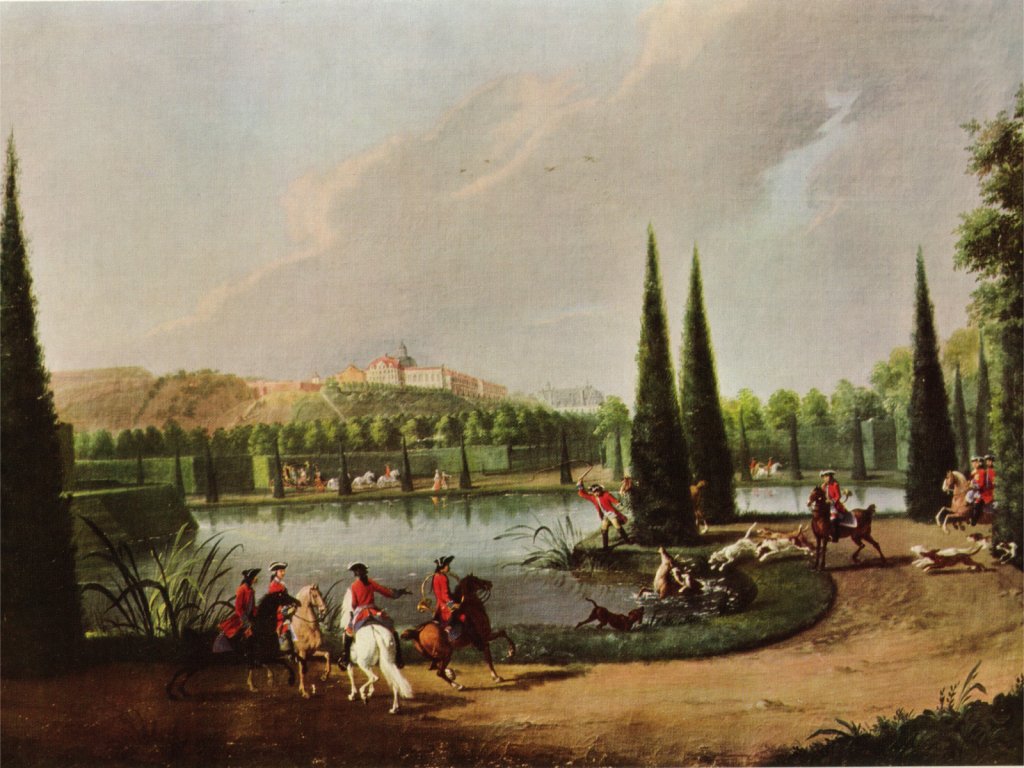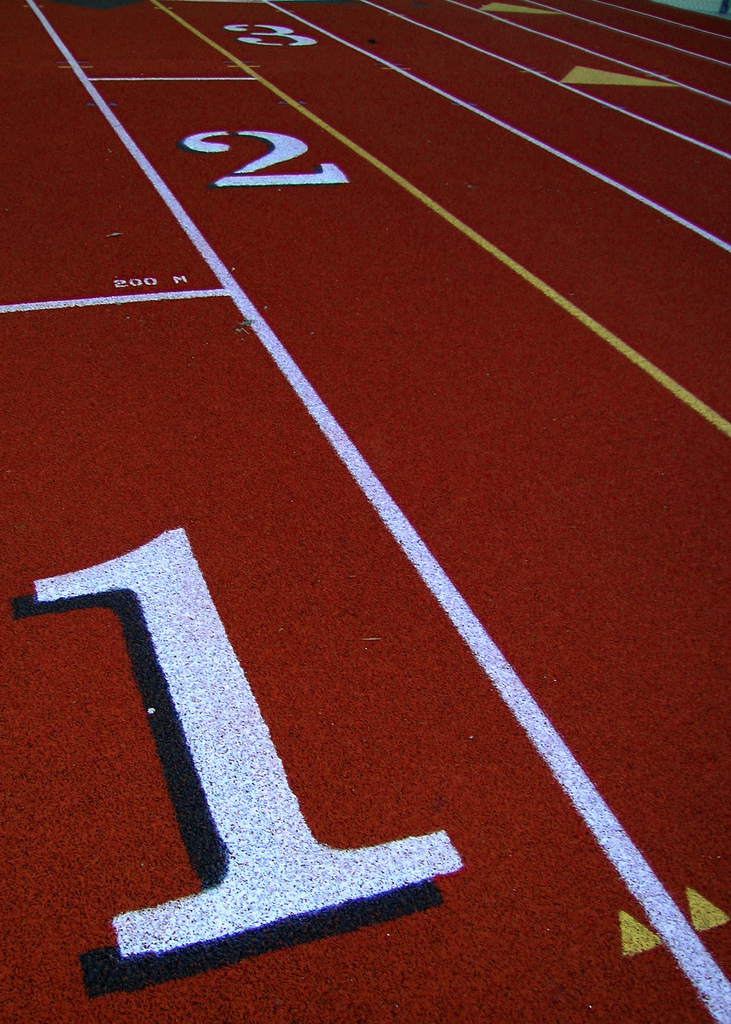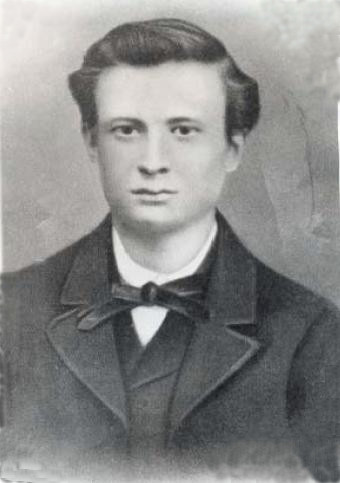|
Auestadion
Auestadion is a multi-use stadium in Kassel, Germany close to the Karlsaue park. It is used mainly for football matches and athletic events and is the home stadium of KSV Hessen Kassel. The stadium is able to hold 18,737 people with 8,700 seats and standing terraces. It was opened on 23 August 1953, and renovated between 1983–1993 and between 2003 and 2010. It is the largest stadium in Northern Hesse. History Construction The City of Kassel first started considering a new stadium being built on the eventual Auestadion site in 1948. The site had previously been used as a parade ground. Construction started on a new stadium in 1950. The foundations for the new stadium grandstand was built from 100,000 m3 of World War II debris from the city centre of Kassel. The grandstand was built to hold 2,200 fans. It had a cantilevered steel roof, enabling uninterrupted views of the playing surface from the stand for the supporters. It was only the second stadium in Germany to incor ... [...More Info...] [...Related Items...] OR: [Wikipedia] [Google] [Baidu] |
KSV Hessen Kassel
KSV Hessen Kassel is a semi-professional German football club based in Kassel, Hesse. KSV competes in the German Regionalliga Südwest, the fourth tier of German football. Nicknamed "Die Löwen" (the lions), the club was founded as FC Union 93 Kassel in 1893. A series of mergers, insolvency and re-starts led to the club known today being re-formed on 3 February 1998. The club's colours are red and white and their home ground since 1953 has been the Auestadion, located in the southwest of the city of Kassel next to the historic Karlsaue park. History The club was founded as FC Union 93 Kassel in 1893 and just two years later joined FC Hassia 93 Cassel to form Casseler FV 95. In 1919, fusion with VfK Kassel created SV Kurhessen Kassel. It was as Kurhessen that the club joined the Gauliga Hessen, one of sixteen top flight divisions established in the re-organization of German football in 1933 under the Third Reich. They were relegated at the end of the 1935–36 season and made ... [...More Info...] [...Related Items...] OR: [Wikipedia] [Google] [Baidu] |
1958 DFB-Pokal Final
The 1958 DFB-Pokal Final decided the winner of the 1957–58 DFB-Pokal, the 15th season of Germany's knockout football cup competition. It was played on 16 November 1958 at the Auestadion in Kassel. VfB Stuttgart won the match 4–3 after extra time against Fortuna Düsseldorf, to claim their 2nd cup title. Route to the final The DFB-Pokal began with 5 teams in a single-elimination knockout cup competition. There were a total of two rounds leading up to the final. In the qualification round, all but two teams were given a bye. Teams were drawn against each other, and the winner after 90 minutes would advance. If still tied, 30 minutes of extra time was played. If the score was still level, a replay would take place at the original away team's stadium. If still level after 90 minutes, 30 minutes of extra time was played. If the score was still level, a drawing of lots would decide who would advance to the next round. ''Note: In all results below, the score of the finalist is ... [...More Info...] [...Related Items...] OR: [Wikipedia] [Google] [Baidu] |
Trams In Kassel
The Kassel tramway network is a transport network, network of tramways, forming part of the public transport system in Kassel, a city in the north of the States of Germany, federal state of Hesse, Germany. , the Kassel tram network is made up of seven regular tramlines. Opened in 1877 as a steam tramway from Wilhelmshöhe the Königsplatz (Royal Square), the network has been operated since 1897 by Kasseler Verkehrs-Gesellschaft (KVG), and is integrated in the Nordhessischer Verkehrsverbund (NVV). The track gauge is . There existed also a narrow gauge network to the Hercules monument (Kassel), Hercules monument. The network was extended gradually into the surrounding area, partly as conventional tramways, and partly as a tram-train ''Kassel RegioTram, RegioTram'' network. History In the summer of 1870 a horse-drawn omnibus line opened as part of an industrial exhibition from 1 June to 5 October 1870. The growth of the city made it attractive to operate a steam tram which was op ... [...More Info...] [...Related Items...] OR: [Wikipedia] [Google] [Baidu] |
Kassel
Kassel (; in Germany, spelled Cassel until 1926) is a city on the Fulda River in northern Hesse, Germany. It is the administrative seat of the Regierungsbezirk Kassel and the district of the same name and had 201,048 inhabitants in December 2020. The former capital of the state of Hesse-Kassel has many palaces and parks, including the Bergpark Wilhelmshöhe, which is a UNESCO World Heritage Site. Kassel is also known for the '' documenta'' exhibitions of contemporary art. Kassel has a public university with 25,000 students (2018) and a multicultural population (39% of the citizens in 2017 had a migration background). History Kassel was first mentioned in 913 AD, as the place where two deeds were signed by King Conrad I. The place was called ''Chasella'' or ''Chassalla'' and was a fortification at a bridge crossing the Fulda river. There are several yet unproven assumptions of the name's origin. It could be derived from the ancient ''Castellum Cattorum'', a castle of the ... [...More Info...] [...Related Items...] OR: [Wikipedia] [Google] [Baidu] |
Karlsaue
The Karlsaue Park is a public and inner-city park of in Kassel (Northern Hesse, Germany). It was redesigned as a landscape garden in 1785 and consists of a mixture of visible Baroque garden elements and arranged “natural areas”. Location The Karlsaue is located on the western bank of the river Fulda southeast of the city centre of Kassel, near the central Friedrichsplatz. In the southwest the Karlsaue borders to sport facilities like the Auestadion and the ice skating rink. History The impressive historical park was created on an almost entirely flat terrain; it contains many man-made lakes, canals and fountains. The main palace Orangerie An orangery or orangerie was a room or a dedicated building on the grounds of fashionable residences of Northern Europe from the 17th to the 19th centuries where orange and other fruit trees were protected during the winter, as a very lar ... was built by Landgrave Charles between 1654 and 1730 as an “exotic winter garde ... [...More Info...] [...Related Items...] OR: [Wikipedia] [Google] [Baidu] |
Bavaria
Bavaria ( ; ), officially the Free State of Bavaria (german: Freistaat Bayern, link=no ), is a state in the south-east of Germany. With an area of , Bavaria is the largest German state by land area, comprising roughly a fifth of the total land area of Germany. With over 13 million inhabitants, it is second in population only to North Rhine-Westphalia, but due to its large size its population density is below the German average. Bavaria's main cities are Munich (its capital and largest city and also the third largest city in Germany), Nuremberg, and Augsburg. The history of Bavaria includes its earliest settlement by Iron Age Celtic tribes, followed by the conquests of the Roman Empire in the 1st century BC, when the territory was incorporated into the provinces of Raetia and Noricum. It became the Duchy of Bavaria (a stem duchy) in the 6th century AD following the collapse of the Western Roman Empire. It was later incorporated into the Holy Roman Empire, became an ind ... [...More Info...] [...Related Items...] OR: [Wikipedia] [Google] [Baidu] |
Running Track
An all-weather running track is a rubberized, artificial running surface for track and field athletics. It provides a consistent surface for competitors to test their athletic ability unencumbered by adverse weather conditions. Historically, various forms of dirt, Rocks, sand, and crushed cinders were used. Many examples of these varieties of track still exist worldwide. Surfaces Starting in the late 1950s, artificial surfaces using a combination of rubber and asphalt began to appear. An artificial warm-up track was constructed for the 1956 Summer Olympics in Melbourne, Australia. During the 1960s many of these tracks were constructed; examples still exist today. In the mid-1960s Tartan tracks were developed, surfaced with a product by 3M. The name ''Tartan'' is a trademark, but it is sometimes used as a genericized trademark. This process was the first to commercialize a polyurethane surface for running tracks, though it was originally conceived for horse racing. Many T ... [...More Info...] [...Related Items...] OR: [Wikipedia] [Google] [Baidu] |
List Of Ministers-President Of Hesse
The minister-president of Hesse (german: Ministerpräsident des Landes Hessen), also referred to as the premier or minister-president (also translated into English as the prime minister of Hessen), is the head of government of the German state of Hesse. The position in its current form was created in 1946, when the provisional state of Greater Hesse was renamed. Greater Hesse had been formed in 1945 after the Second World War from the Prussian Provinces of Kurhessen and Nassau (formed from the Prussian Province of Hesse-Nassau in 1944) and the People's State of Hesse. The current minister-president is Volker Bouffier, heading a coalition government between the Christian Democrats and the Greens. Bouffier succeeded Roland Koch following his departure from active politics. The office of the minister-president is known as the State Chancellery (german: Hessische Staatskanzlei) and is located in the capital of Wiesbaden, along with the rest of the cabinet departments. The state of H ... [...More Info...] [...Related Items...] OR: [Wikipedia] [Google] [Baidu] |
Georg-August Zinn
Georg August Zinn (27 May 1901 – 27 March 1976) was a German lawyer and a politician of the SPD. He was a member of the Bundestag from 1949 to 1951 representing Kassel, the 2nd Minister-President of Hesse from 1950 to 1969 and served as the 5th and 16th President of the Bundesrat in 1953/54 and 1964/65. While he was at the helm of Hesse government he played an important role, although quite discretely, in the capture of Nazi criminal Adolf Eichmann. In Isser Harel book's introduction by Shlomo J. Shpiro, added to the 1997 expanded edition, it is revealed for the first time that then Hesse prosecutor-general Fritz Bauer did not act alone, in the attempt to apprehend Eichmann while he was hiding in Argentina, but was discretely helped by Zinn. In this article there was just a hint to Zinn ("Eine hochstehende Persönlichkeit von großer Integrität" - a very important person of great integrity), whose name and role were not clearly revealed before the aforementioned 1997 S ... [...More Info...] [...Related Items...] OR: [Wikipedia] [Google] [Baidu] |
Melbourne
Melbourne ( ; Boonwurrung/Woiwurrung: ''Narrm'' or ''Naarm'') is the capital and most populous city of the Australian state of Victoria, and the second-most populous city in both Australia and Oceania. Its name generally refers to a metropolitan area known as Greater Melbourne, comprising an urban agglomeration of 31 local municipalities, although the name is also used specifically for the local municipality of City of Melbourne based around its central business area. The metropolis occupies much of the northern and eastern coastlines of Port Phillip Bay and spreads into the Mornington Peninsula, part of West Gippsland, as well as the hinterlands towards the Yarra Valley, the Dandenong and Macedon Ranges. It has a population over 5 million (19% of the population of Australia, as per 2021 census), mostly residing to the east side of the city centre, and its inhabitants are commonly referred to as "Melburnians". The area of Melbourne has been home to Aboriginal ... [...More Info...] [...Related Items...] OR: [Wikipedia] [Google] [Baidu] |
Viktoria Aschaffenburg
SV Viktoria 01 Aschaffenburg is a German football club based in Aschaffenburg, Bavaria. Even though Aschaffenburg is located in Bavaria, Viktoria Aschaffenburg historically played its football in the Hessenliga (V) and the associated Hessian leagues, rather than the Bayernliga (V), against clubs from closer, neighbouring cities. This also reflects in part the history of the region, not traditionally part of Bavaria. The nearby Bavarian club FC Bayern Alzenau has also played in the Hessenliga for the same reasons. After 67 seasons in Hesse, from 1945 onwards, the members of the club voted with an 80% majority to return to Bavaria from the 2012–13 season onwards. History The club was formed on 24 June 1904 out of the merger of FC Aschaffenburg (6 August 1901) and FC Viktoria Aschaffenburg (12 April 1902). Renamed Sportverein Viktoria 01 Aschaffenburg on 3 June 1906 the united side played in the Kreisliga Odenwald, Kreisliga Nordmain, Kreisliga Südmain and Bezirksliga Main-Hesse ... [...More Info...] [...Related Items...] OR: [Wikipedia] [Google] [Baidu] |
1956 Summer Olympics
The 1956 Summer Olympics, officially known as the Games of the XVI Olympiad, were an international multi-sport event held in Melbourne, Victoria, Australia, from 22 November to 8 December 1956, with the exception of the equestrian events, which were held in Stockholm, Sweden, in June 1956. These Games were the first to be staged in the Southern Hemisphere and Oceania, as well as the first to be held outside Europe and North America. Melbourne is the most southerly city ever to host the Olympics. Due to the Southern Hemisphere's seasons being different from those in the Northern Hemisphere, the 1956 Games did not take place at the usual time of year, because of the need to hold the events during the warmer weather of the host's spring/summer (which corresponds to the Northern Hemisphere's autumn/winter), resulting in the only summer games ever to be held in November and December. Australia did not host the Games again until 2000 in Sydney, New South Wales, and will host them ... [...More Info...] [...Related Items...] OR: [Wikipedia] [Google] [Baidu] |

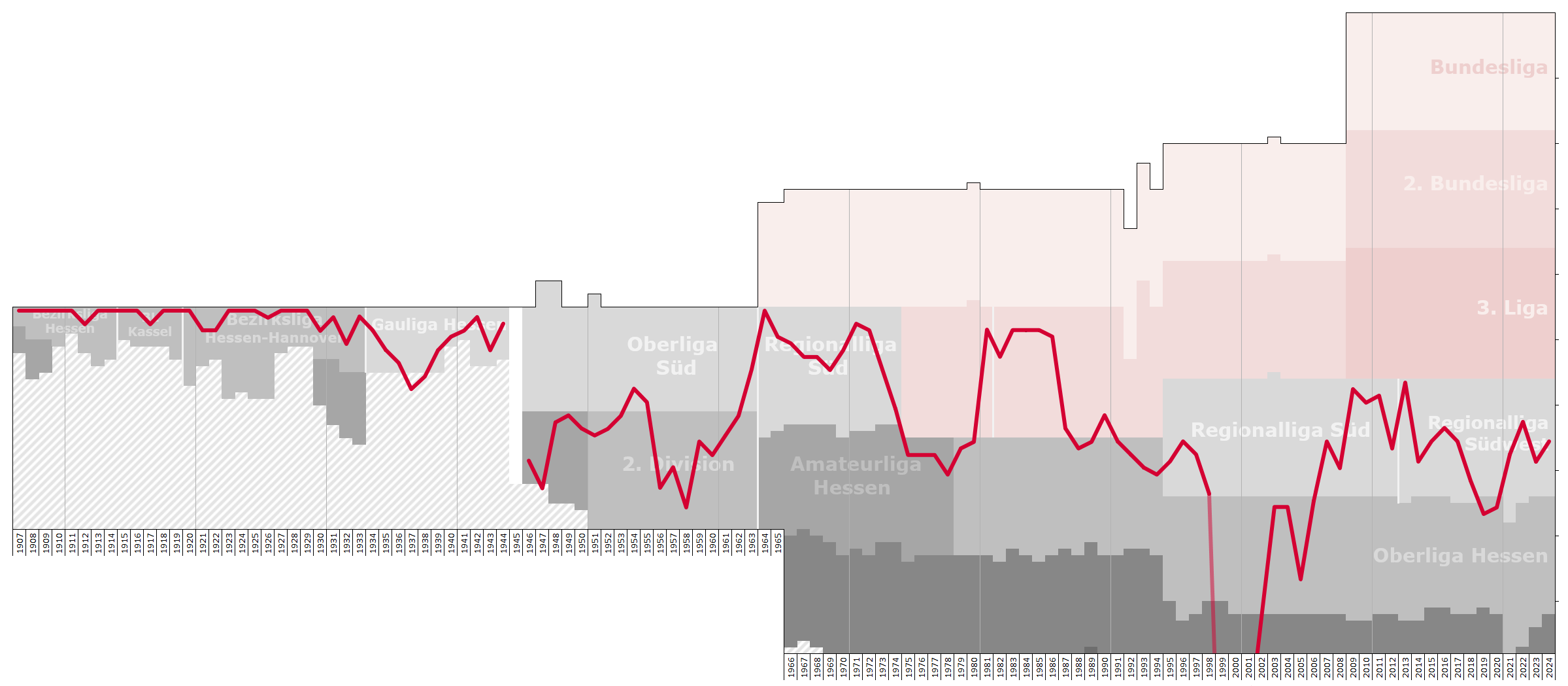
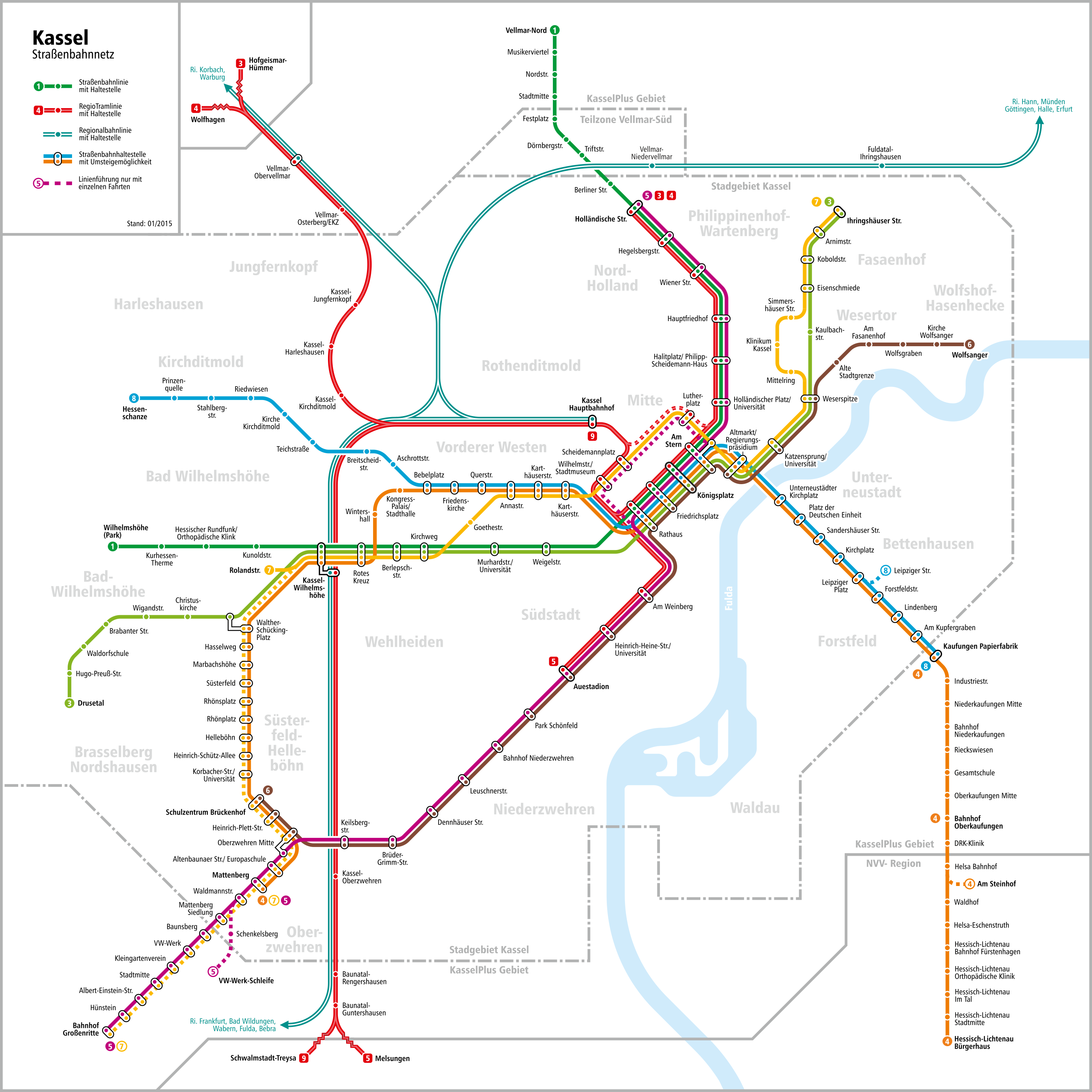
_1572.jpg)
